When it comes to upgrading your car's audio system, the right car stereo can make all the difference in transforming your driving experience. Whether you're a music lover, podcast enthusiast, or someone who just enjoys great sound quality, selecting the best car stereo for your needs requires careful consideration.
In this ultimate buying guide, we will explore everything you need to know about car stereos, from the basic features to advanced technologies and installation tips. By the end of this guide, you'll be well-equipped to make an informed decision and find the perfect car stereo system for your vehicle.

Table of Contents
- What is a Car Stereo?
- Types of Car Stereos
-
Factors to Consider When Buying a Car Stereo
- 3.1 Sound Quality
- 3.2 Connectivity Options
- 3.3 User Interface & Display
- 3.4 Power Output
- 3.5 Compatibility
- 3.6 Price and Budget
- Top Car Stereo Brands to Consider
- Installation Process: DIY vs. Professional Help
- How to Optimize Your Car Audio Setup
- Common Car Stereo Issues and How to Troubleshoot Them
- FAQs about Car Stereos
- Conclusion
What is a Car Stereo?
A car stereo, also known as a car audio system or head unit, is the device that controls the sound system in your car. It allows you to play music, radio, podcasts, and even connect to external devices such as smartphones and MP3 players. Modern car stereos come with various features that enhance the audio experience, including Bluetooth connectivity, touchscreen displays, navigation systems, and more.
In essence, the car stereo is the hub that controls your car’s entertainment. Whether you're looking for an upgrade to your factory stereo or a complete overhaul of your audio system, choosing the right one is crucial for an optimal experience.

Types of Car Stereos
Car stereos come in different configurations, offering various features and functionalities. Understanding the different types will help you make a more informed decision.
Single DIN vs. Double DIN
One of the first things you’ll notice when browsing car stereos is the terms "Single DIN" and "Double DIN." These refer to the size of the head unit and its compatibility with your vehicle’s dashboard.
-
Single DIN: A single DIN unit measures 2 inches in height and 7 inches in width. These are more compact and may have fewer features compared to double DIN units. Single DIN stereos are commonly used in older cars or vehicles with smaller dashboard spaces.
-
Double DIN: Double DIN units are larger, measuring 4 inches in height and 7 inches in width. They offer more features like touchscreen displays, better navigation, and enhanced audio controls. These are ideal for newer vehicles with more space in the dashboard.
Receiver-Only vs. Receiver with Built-in Amplifier
Car stereos can either be receiver-only or come with a built-in amplifier.
-
Receiver-Only: These car stereos are the basic head units that control media playback but require an external amplifier to power the speakers.
-
Receiver with Built-in Amplifier: These models come with a built-in amplifier, making it easier to power your speakers without needing additional equipment. If you don’t plan to upgrade your car’s speakers or add external amplifiers, a receiver with an integrated amplifier is a convenient choice.

Factors to Consider When Buying a Car Stereo
Choosing the right car stereo isn’t just about aesthetics or brand. There are several key factors to consider before making your purchase. Let's explore these important elements in detail.
Sound Quality
Sound quality is perhaps the most important factor to consider when buying a car stereo. Whether you enjoy bass-heavy music, clear vocals, or crystal-clear trebles, your stereo should enhance your listening experience. Look for features like built-in equalizers, high-pass filters, and low-pass filters to help tailor the sound to your preferences.
Additionally, some stereos support high-resolution audio files, which offer superior sound clarity and fidelity compared to regular MP3s. For audiophiles, this is an important feature to look for.
Connectivity Options
In today’s world, connectivity is everything. You want a car stereo that can easily integrate with your other devices. Here are some connectivity options to consider:
- Bluetooth: Allows wireless streaming of music from your phone, tablet, or other Bluetooth-enabled devices.
- USB Ports: For connecting flash drives, MP3 players, and charging devices.
- Auxiliary Input: Provides a wired connection for devices that do not have Bluetooth.
- Apple CarPlay & Android Auto: These are built-in systems that allow you to control your smartphone’s apps directly from the stereo, including navigation, music, and calls.
User Interface & Display
A stereo with a touchscreen display offers easy navigation and a more intuitive interface. A larger screen allows you to view album artwork, control apps, or navigate GPS more easily.
- Touchscreen: Most modern car stereos come with touchscreens, which make it easier to control the system. A touchscreen also enables features like swipe gestures and voice commands.
- Non-Touchscreen: While less common today, some car stereos still use physical buttons or dials for control. These may be more durable but can be harder to operate while driving.
Power Output
The power output of a car stereo is an important factor in how loud and clear your sound will be. Car stereos typically offer a watts per channel (WPC) rating. For instance, a 50W x 4 output means that the stereo can provide 50 watts of power to each of the four speakers.
Higher power output usually leads to better sound quality, especially at high volumes. However, if you're using external amplifiers, the power output of the stereo might be less important.
Compatibility
Not all car stereos will work with all vehicles. Before making your purchase, ensure the stereo is compatible with your car’s make and model. This is particularly important for installation, as some vehicles may require custom installation kits.
Additionally, make sure your stereo is compatible with your smartphone’s operating system (i.e., Apple iOS for CarPlay or Android for Android Auto).
Price and Budget
Car stereos can range in price from affordable models with basic features to high-end units packed with the latest technology. Set a realistic budget and determine the features that matter most to you. Keep in mind that additional features like touchscreen displays, Bluetooth, and voice control will typically increase the cost.

Top Car Stereo Brands to Consider
There are many car stereo brands on the market, but some stand out due to their quality, innovation, and customer satisfaction. Here are some of the best brands to consider:
- XAutoStereo: Known for their high-quality sound systems and user-friendly interface. XAutoStereo offers both budget and high-end models.
- Kenwood: Kenwood is famous for producing car stereos that offer excellent sound quality and a range of advanced features.
- Sony: Sony car stereos are designed for users who want powerful audio and seamless integration with smartphones and other devices.
- Pioneer: Specializes in premium audio equipment. Their car stereos often come with advanced sound tuning and high-resolution audio support.
- JVC: Offers affordable yet reliable car stereos with solid performance and good connectivity options.
Installation Process: DIY vs. Professional Help
Once you’ve chosen your car stereo, the next step is installation. You have two options: DIY installation or professional installation.
DIY Installation
Installing a car stereo yourself can be a rewarding experience. Many stereos come with installation kits, and you can find numerous tutorials and guides online to help you through the process. However, DIY installation requires some technical knowledge, especially when it comes to wiring and fitting the stereo into the dashboard.
Professional Installation
If you're not comfortable with DIY installation, you can have your car stereo professionally installed. Many car audio shops offer this service for a fee. Professional installation ensures that your stereo is correctly installed and functions optimally. Additionally, many shops offer warranties on their installations.
How to Optimize Your Car Audio Setup
After installing your car stereo, you'll want to make sure you’re getting the best possible sound quality. Here are some tips for optimizing your car audio setup:
- Adjust the Equalizer: Most car stereos come with built-in equalizers that allow you to adjust the bass, midrange, and treble to your liking.
- Add an Amplifier: If you find that the sound isn't powerful enough, consider adding an external amplifier to boost the audio output.
- Upgrade Your Speakers: High-quality speakers can make a huge difference in sound quality. Look for brands like JBL, Rockford Fosgate, and Infinity for premium speakers.
- Use Sound Deadening Materials: Installing soundproofing materials in your car can reduce road noise and improve overall sound clarity.
Common Car Stereo Issues and How to Troubleshoot Them
While car stereos are generally reliable, you might encounter a few issues from time to time. Here are some common problems and their solutions:
- No Sound Output: Check the wiring connections, fuses, and speaker settings.
- Bluetooth Connectivity Issues: Ensure Bluetooth is enabled on your phone and the stereo. Try unpairing and re-pairing the devices.
- Distorted Sound: Check the volume levels and adjust the equalizer settings. Distortion may also occur if the speakers are damaged.
FAQs about Car Stereos
1. Do I need to replace my car speakers when upgrading the stereo?
Not necessarily. If your existing speakers are of good quality, you can continue using them with your new stereo. However, upgrading your speakers can significantly enhance sound quality.
2. Can I install a car stereo myself?
Yes, but it requires some technical knowledge. You can follow online tutorials, or consider hiring a professional if you’re not comfortable with wiring and installation.
3. What’s the difference between Apple CarPlay and Android Auto?
Apple CarPlay is designed for iOS devices, while Android Auto works with Android smartphones. Both systems allow you to mirror your phone's interface on your car stereo and use apps like Google Maps, Spotify, and more.
4. How much should I spend on a car stereo?
The price depends on your needs. Budget models start around $50, while premium units with advanced features can cost several hundred dollars.
5. Can I add navigation to my car stereo?
Many modern stereos come with built-in GPS navigation. If your unit doesn't have this feature, you can add it via an app or purchase a stereo that supports it.
6. What’s the best car stereo for bass-heavy music?
For bass-heavy music, look for stereos with a built-in amplifier and advanced equalizer settings. Models from brands like Pioneer, Kenwood, and Alpine are often great choices.
Conclusion
Choosing the right car stereo can dramatically enhance your driving experience, whether you're blasting your favorite tunes or catching up on the latest podcast. By considering factors like sound quality, connectivity, user interface, and budget, you'll be able to find the perfect stereo system for your needs. Don't forget to explore installation options, and always optimize your setup for the best audio performance.
Ready to upgrade your car's sound system? Dive into the world of car stereos, and enjoy a superior listening experience every time you hit the road!
Want to know more?
Contact us via email, we will provide you with advice and answer your questions within 24 hours. XAutostereo is happy to serve you.



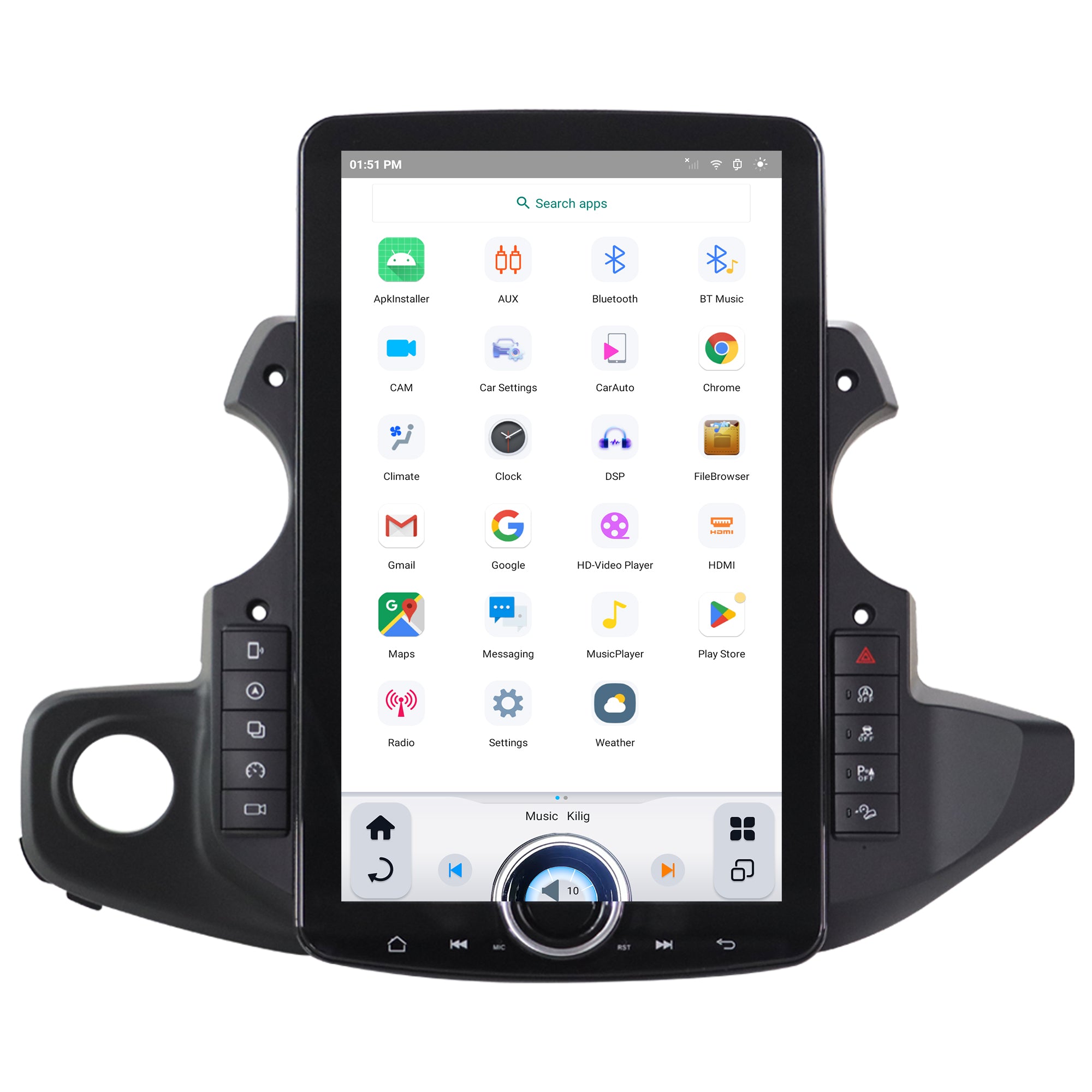
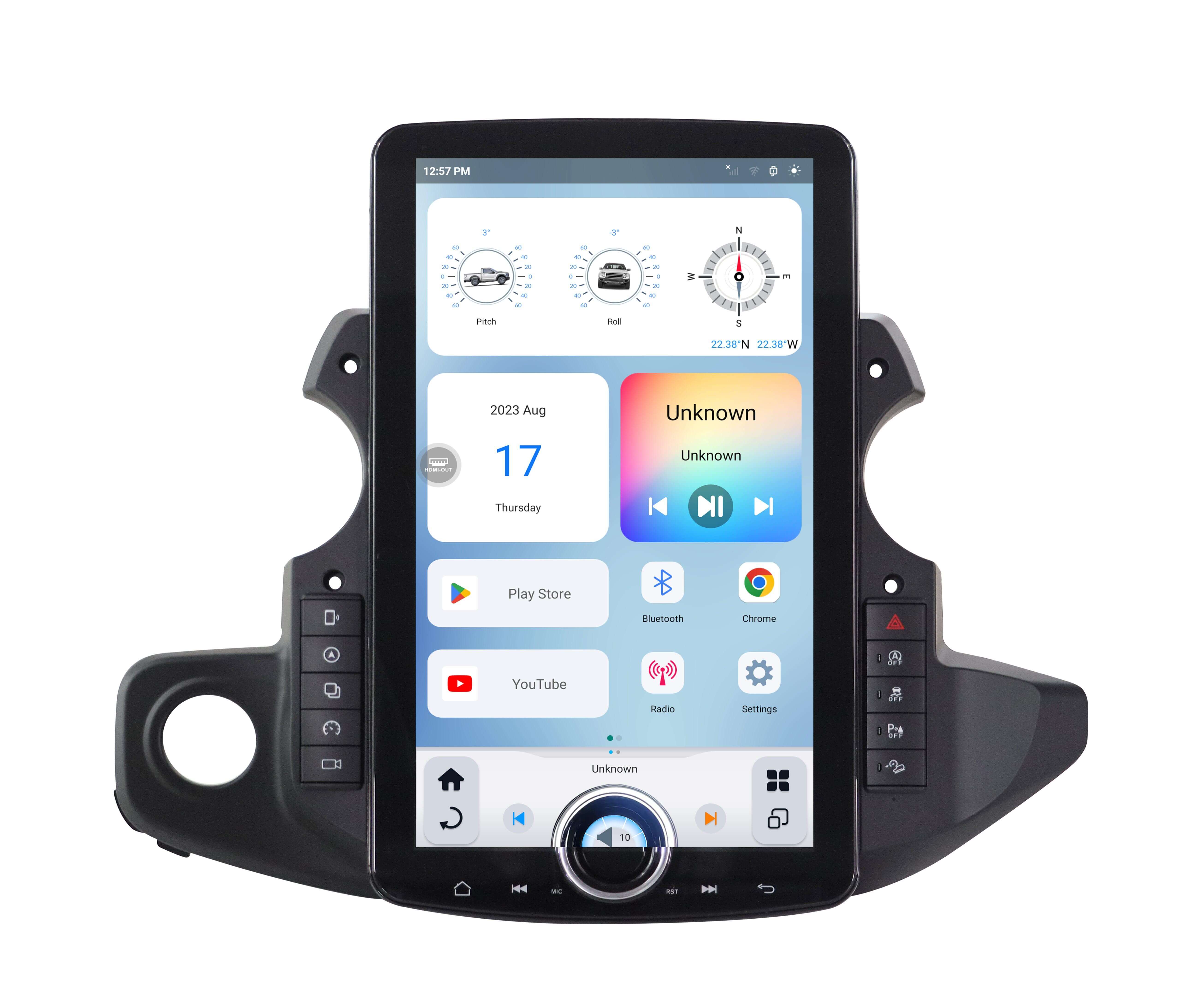
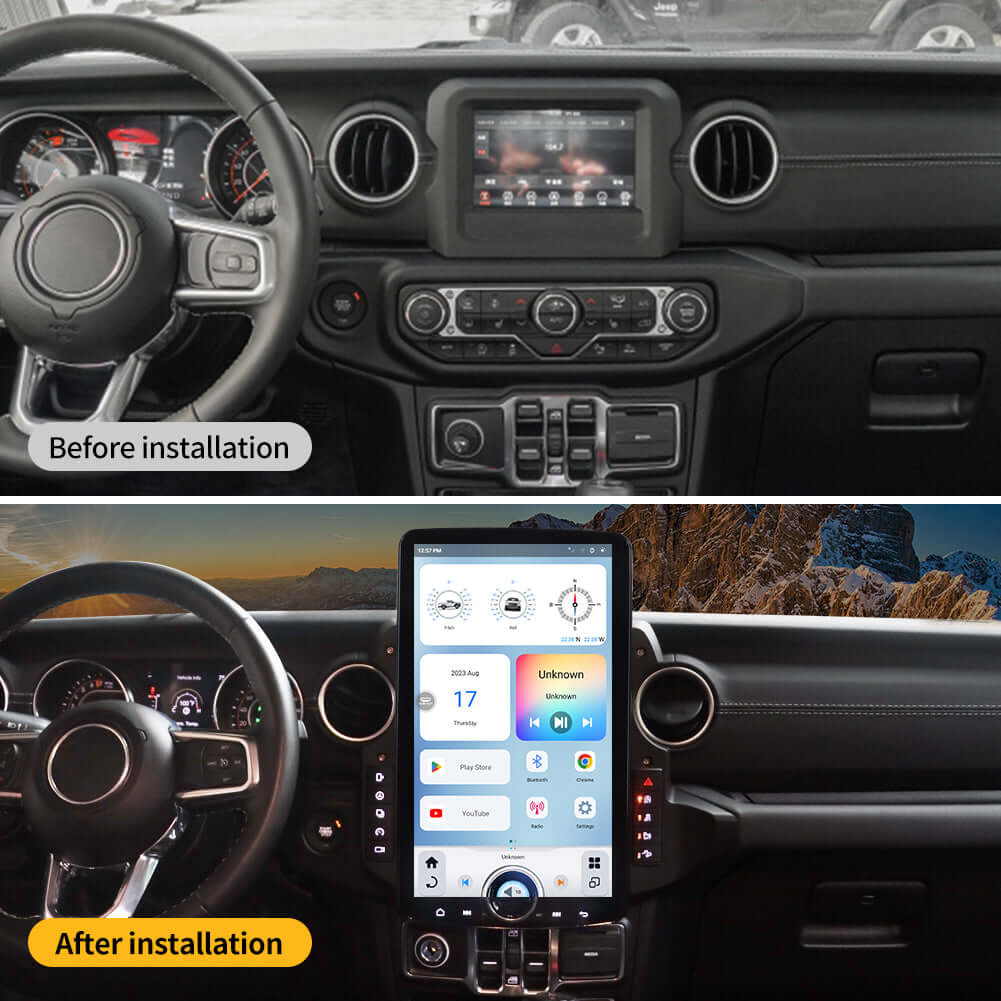

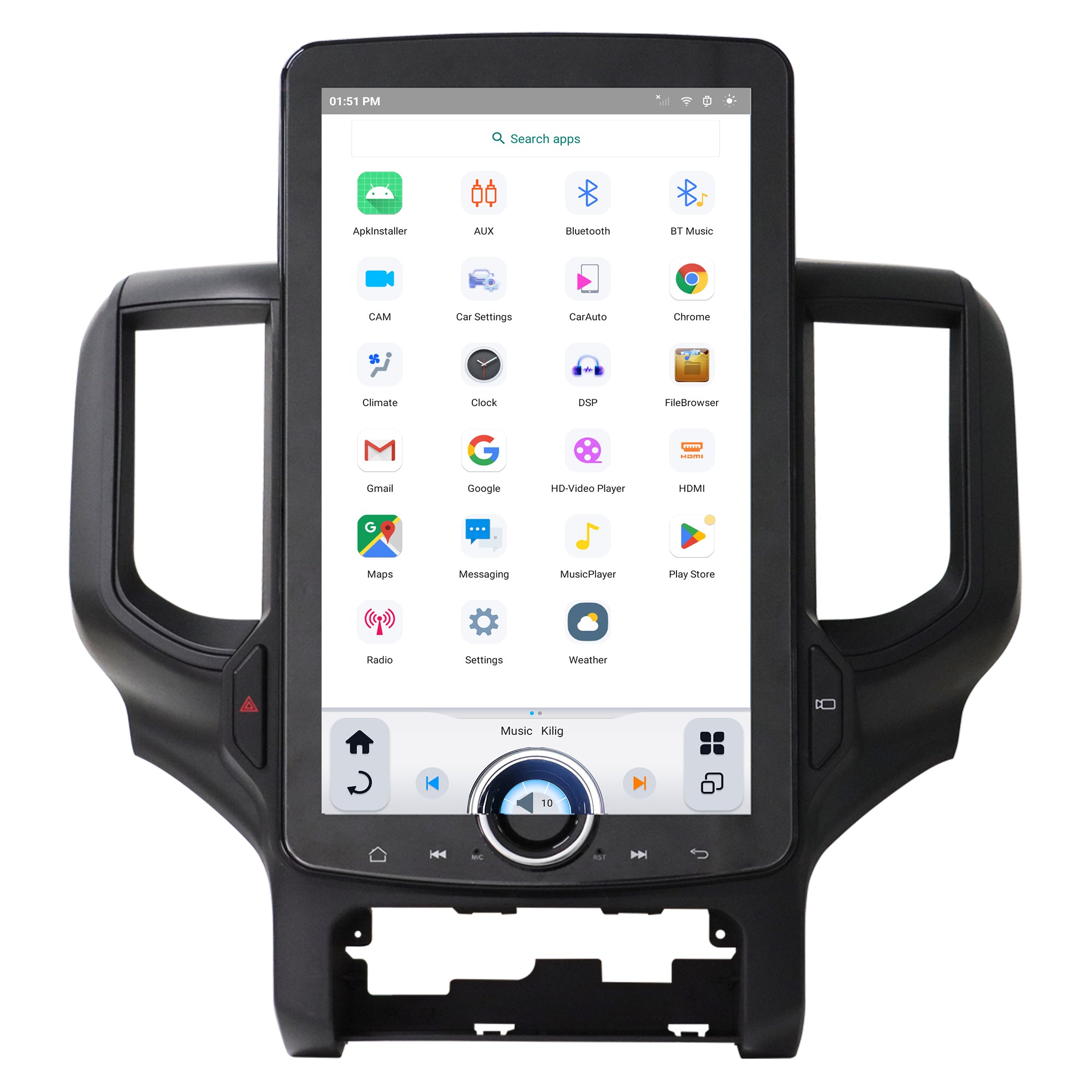
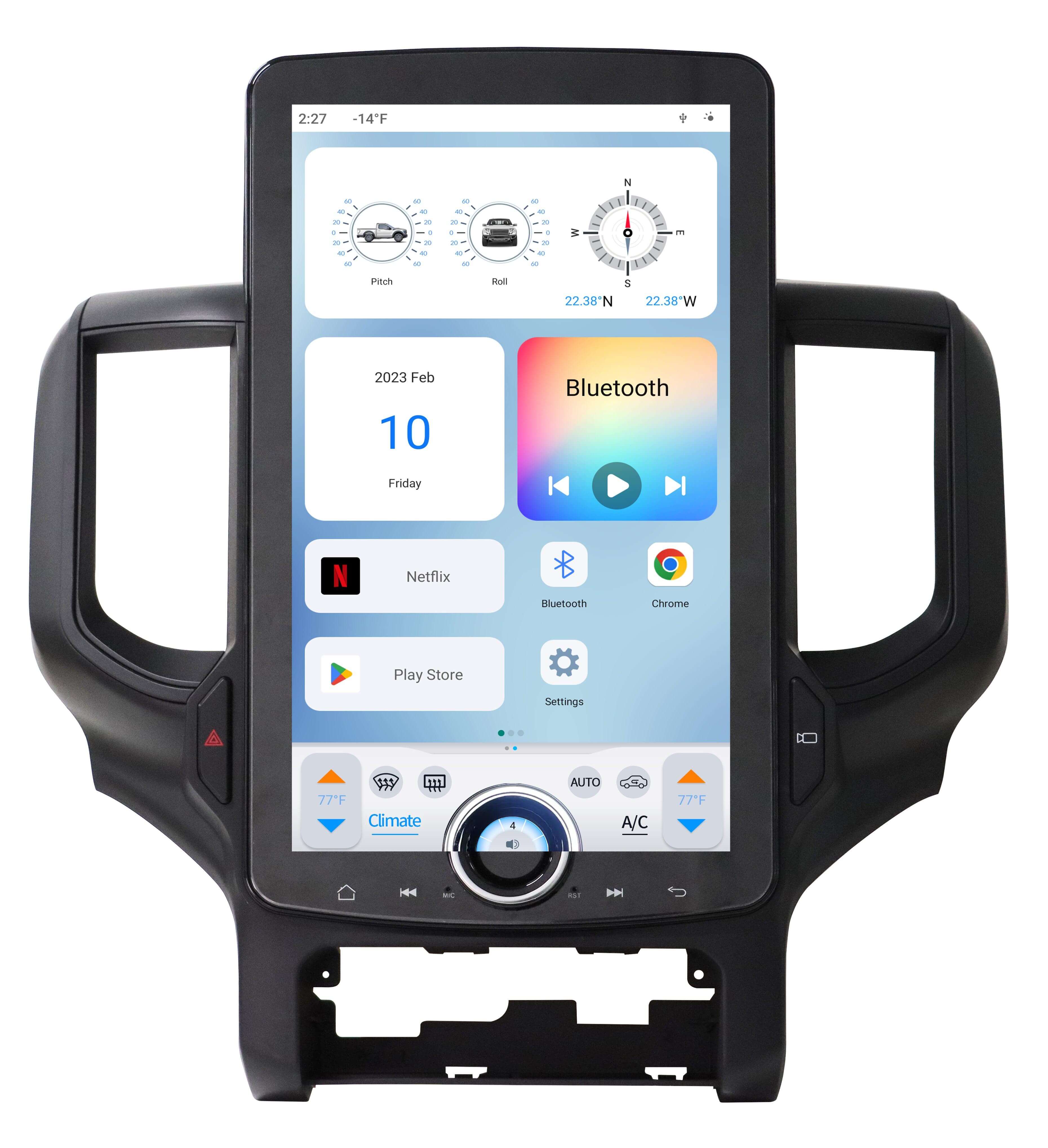
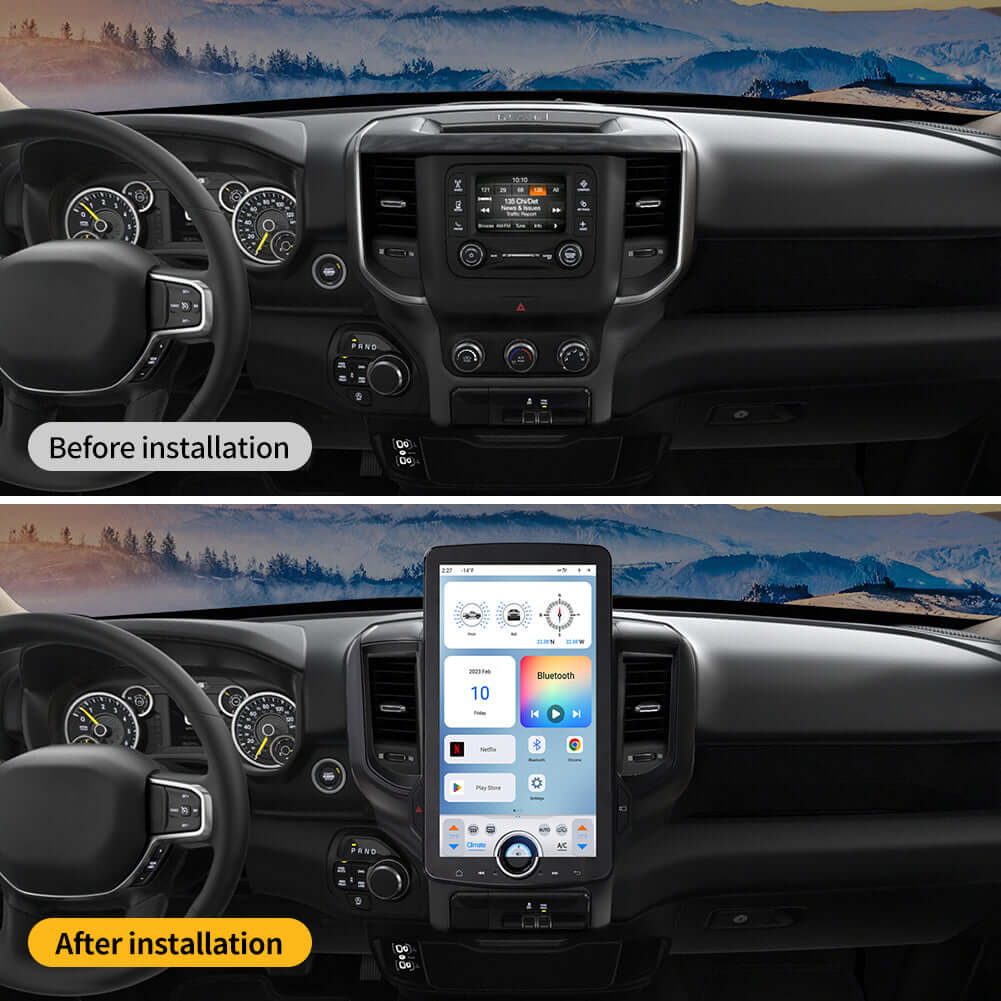
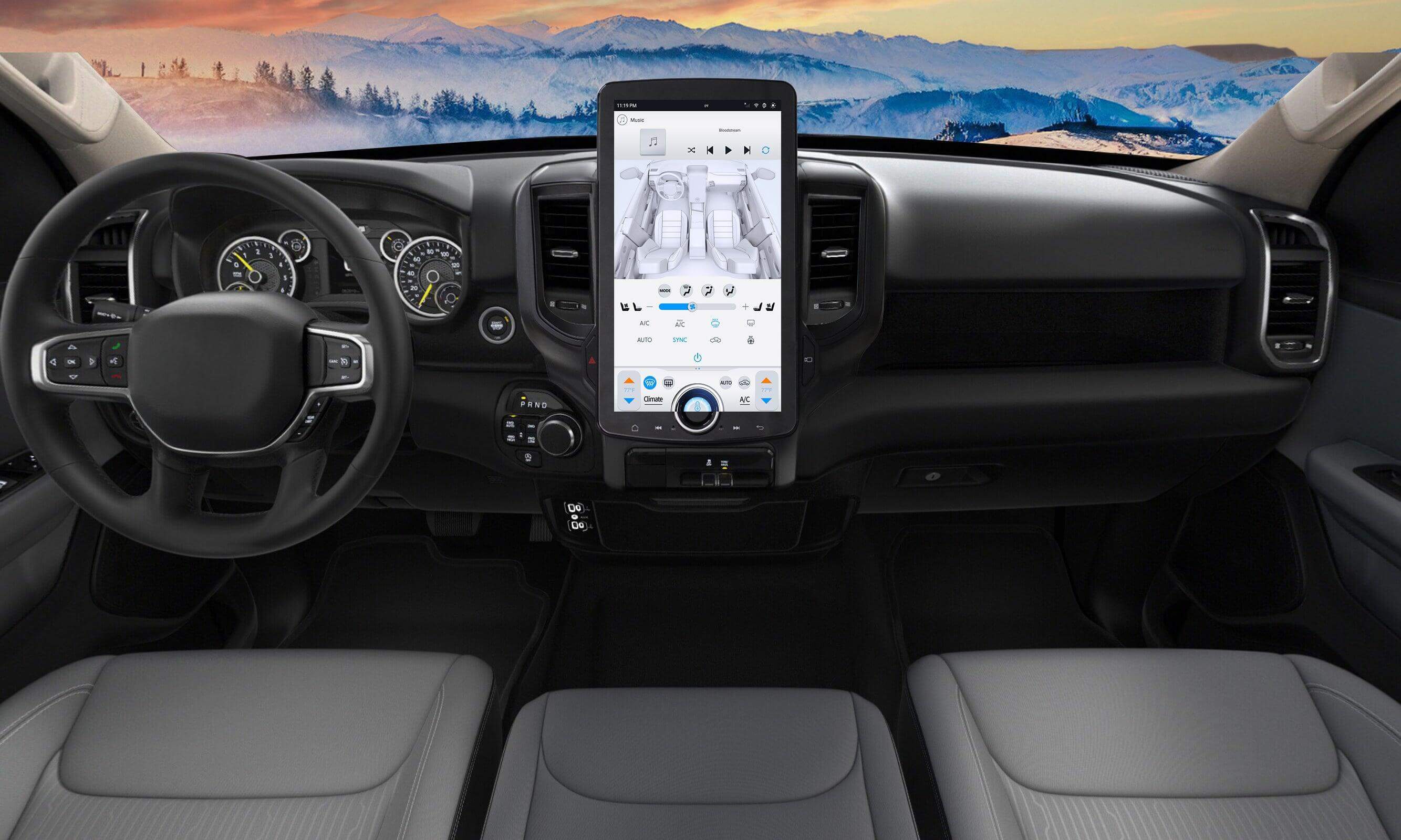
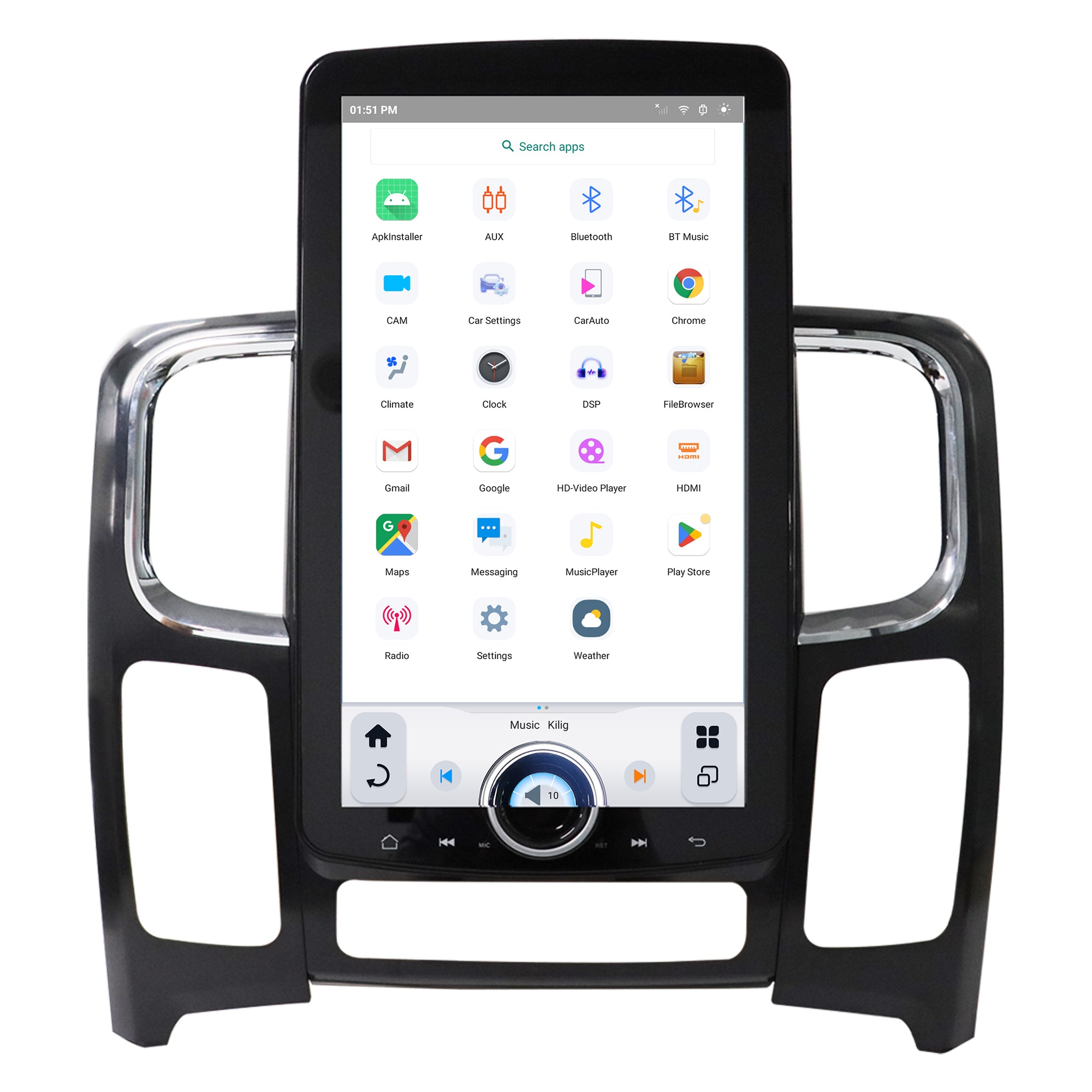
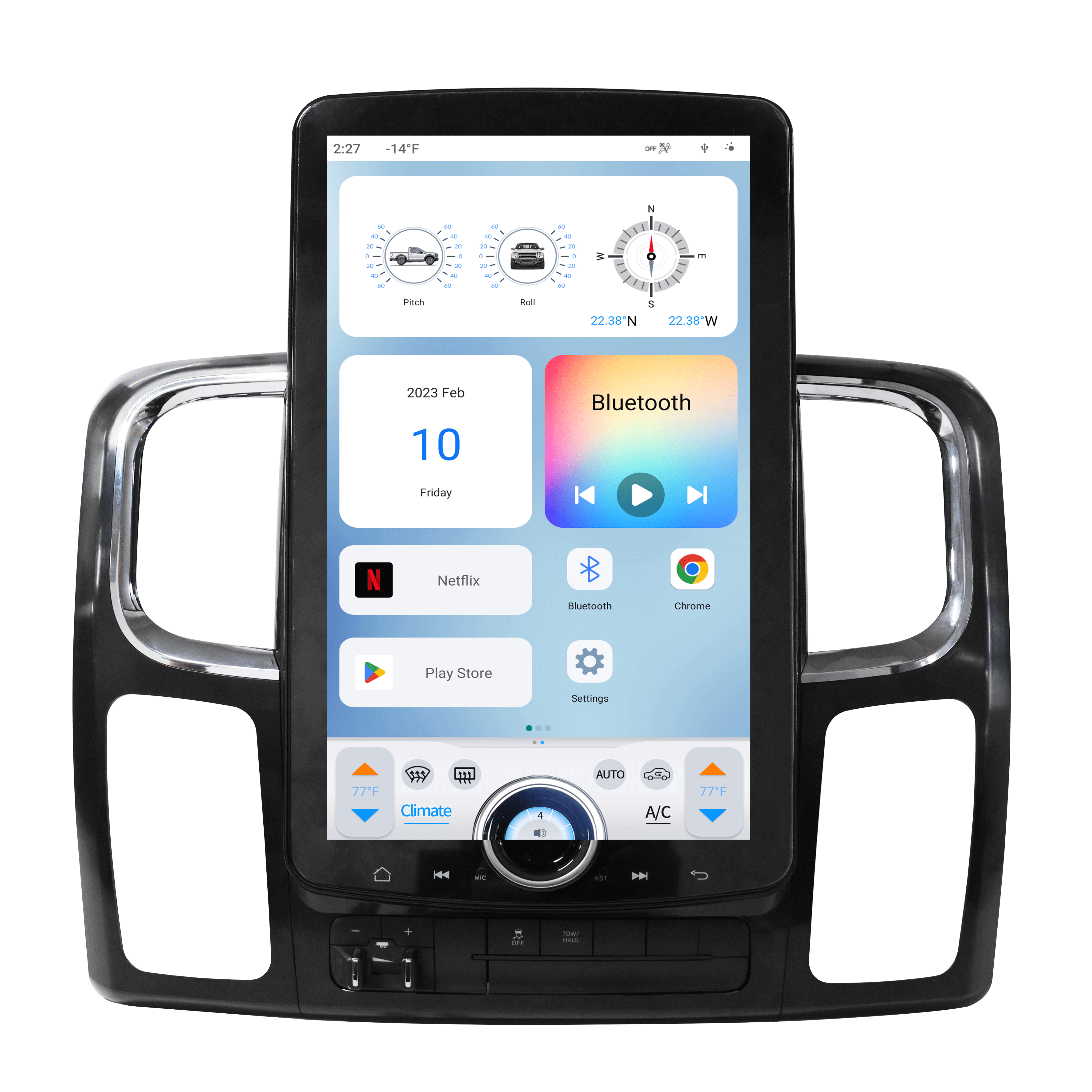
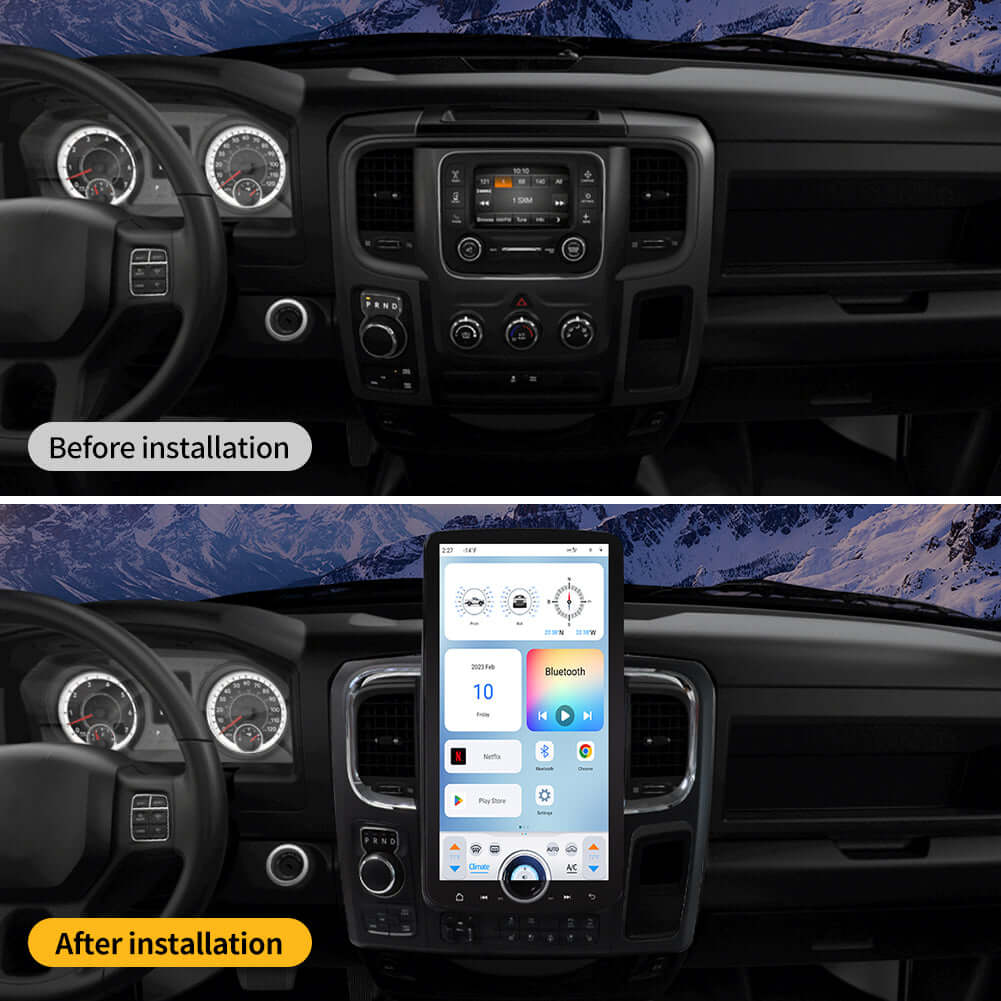
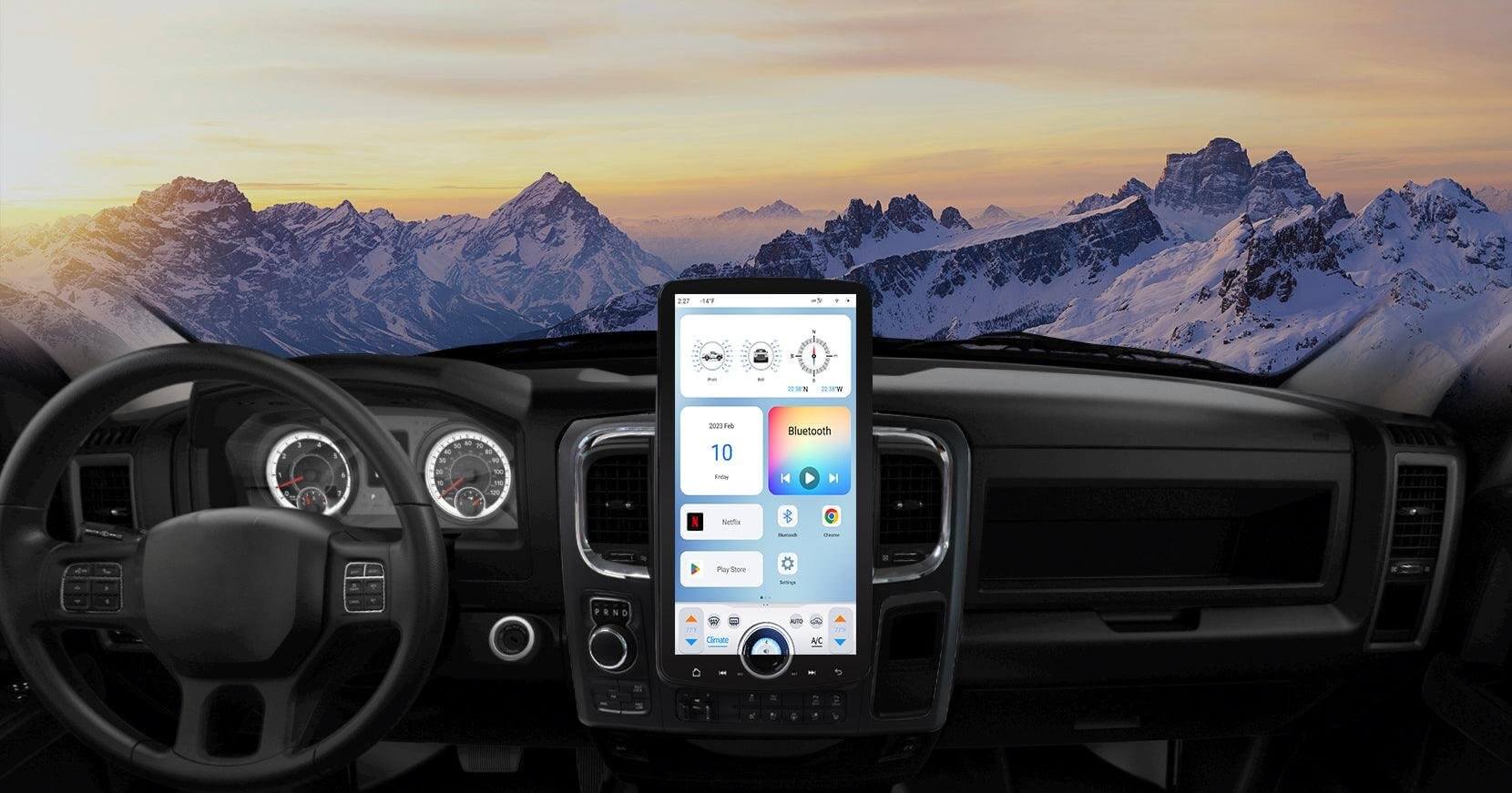
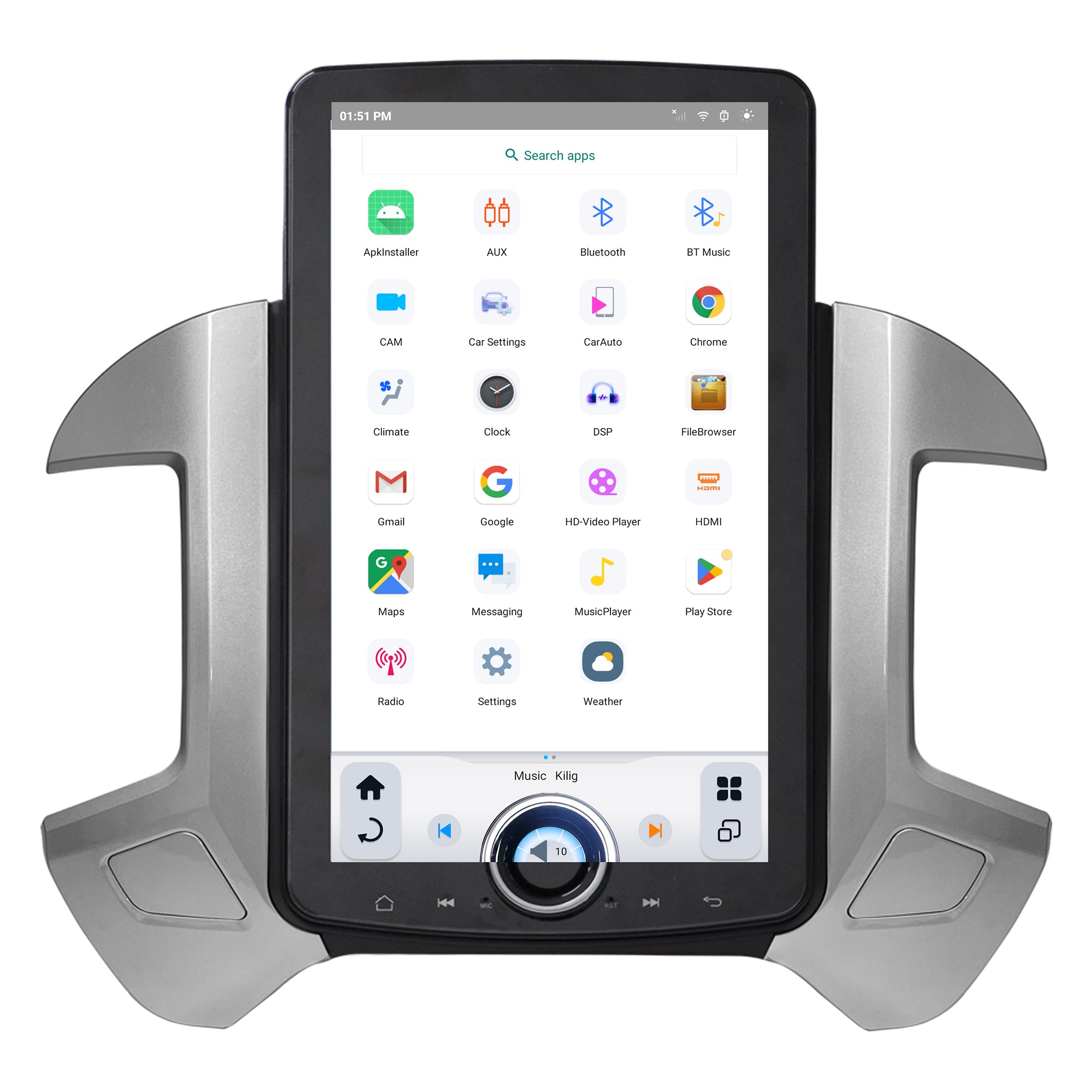

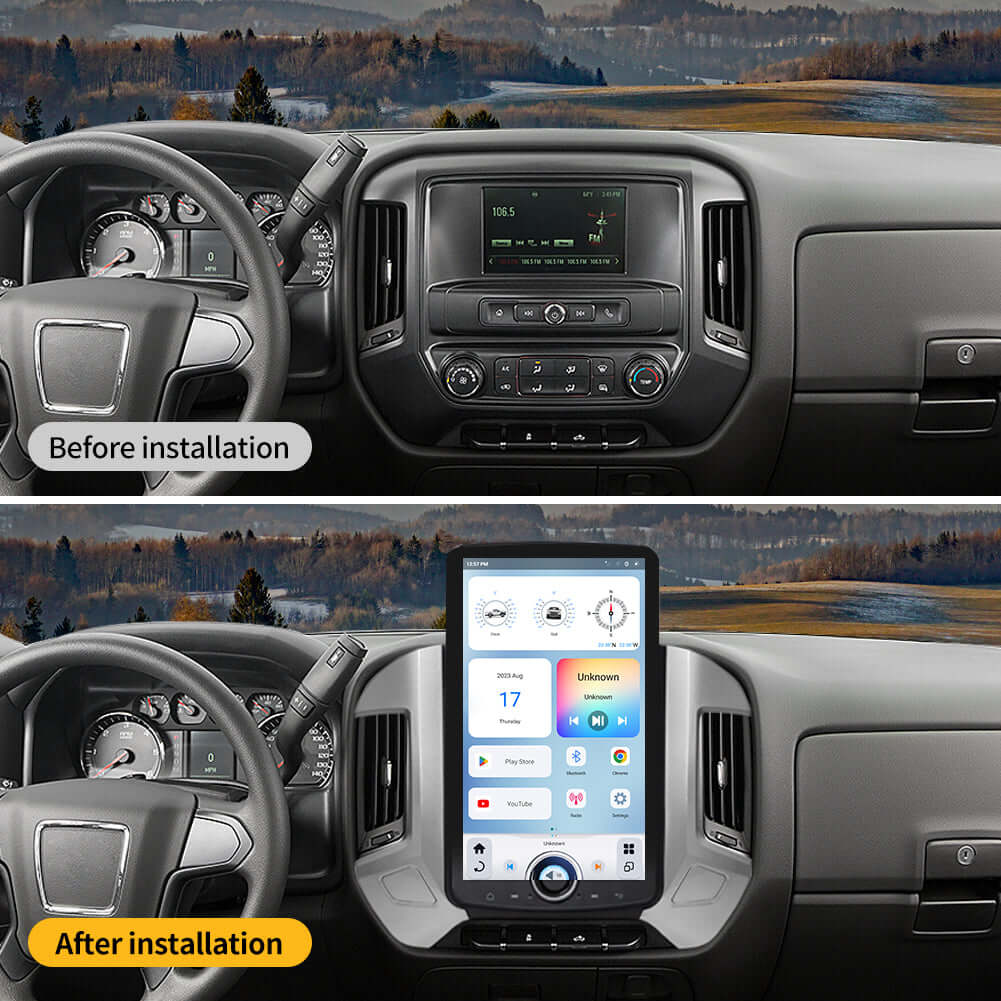
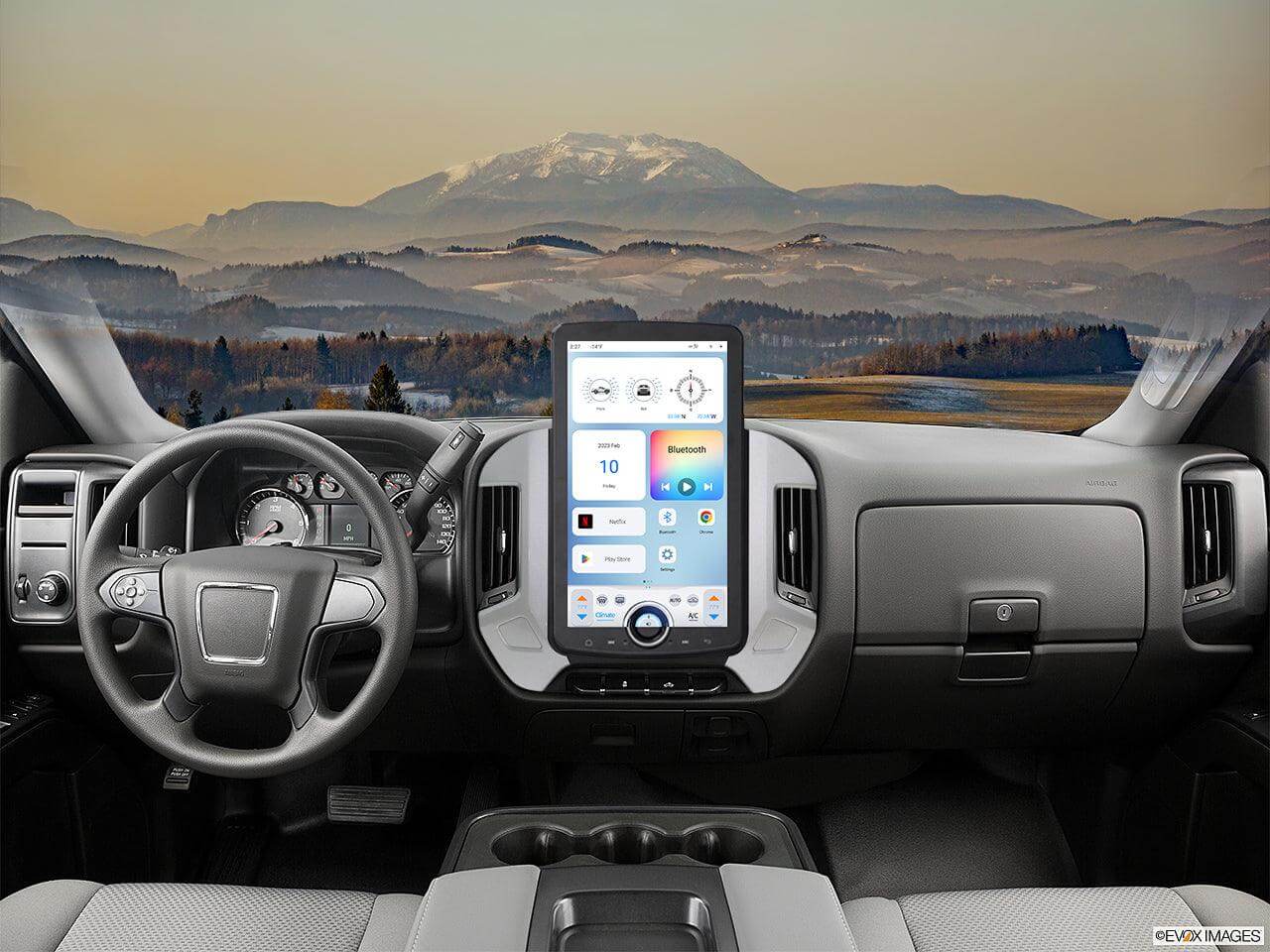
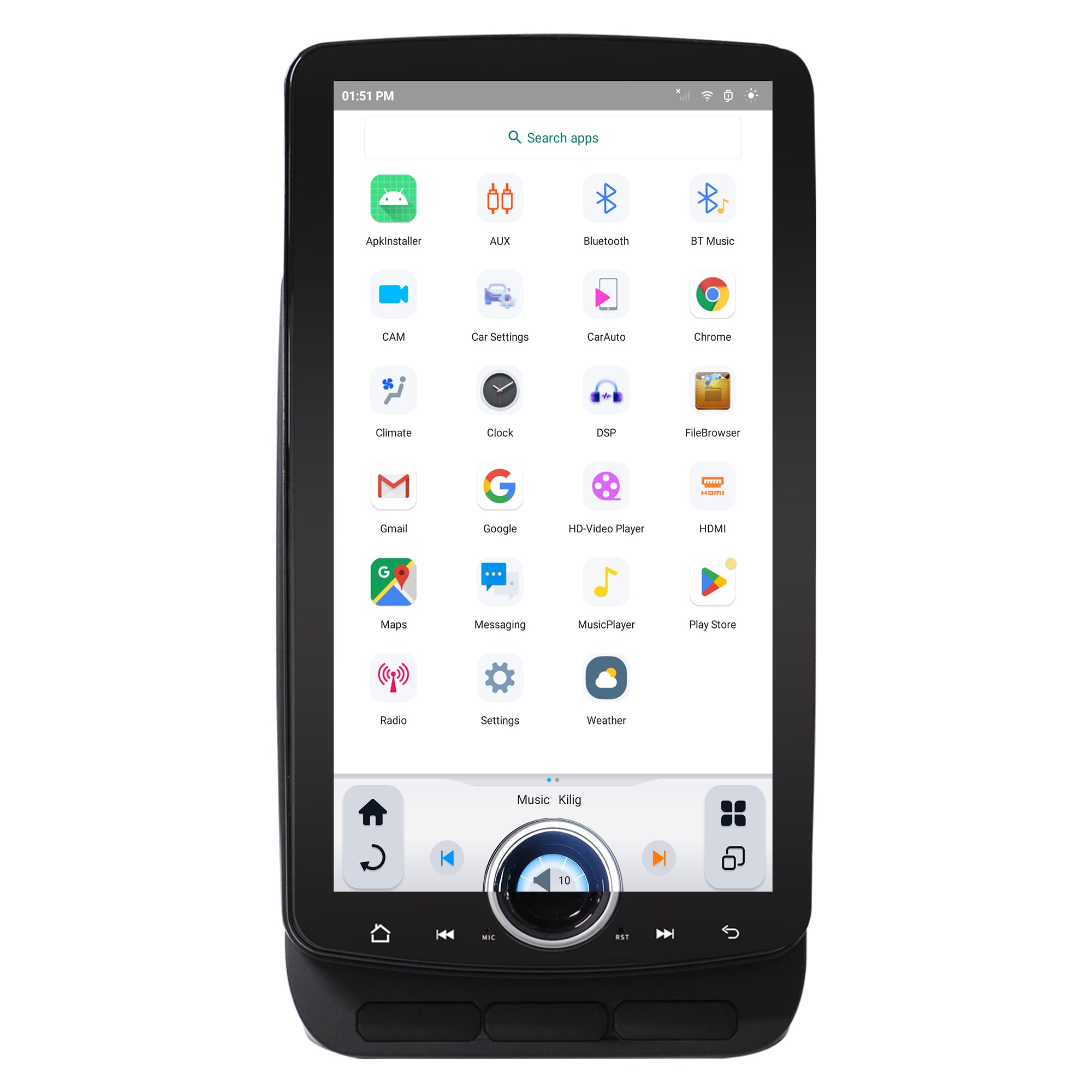
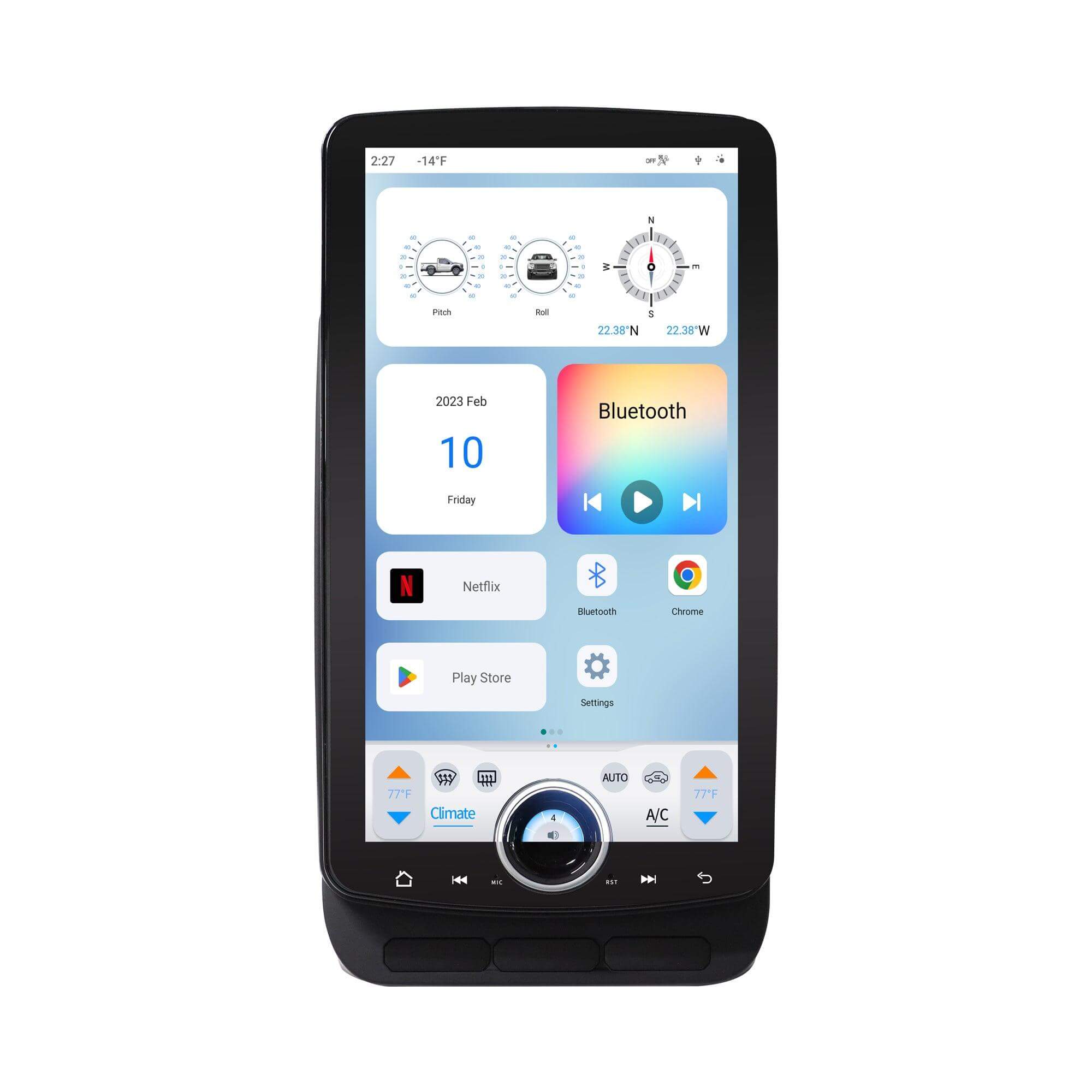
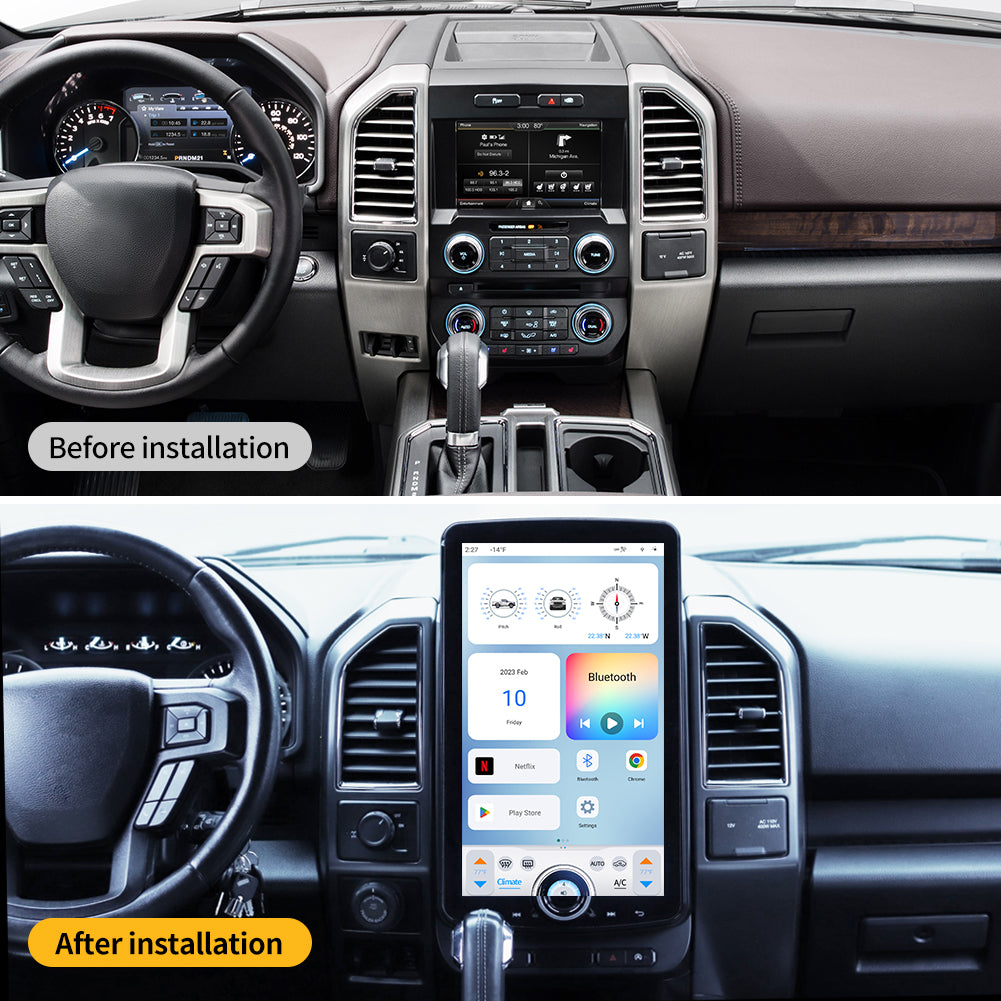
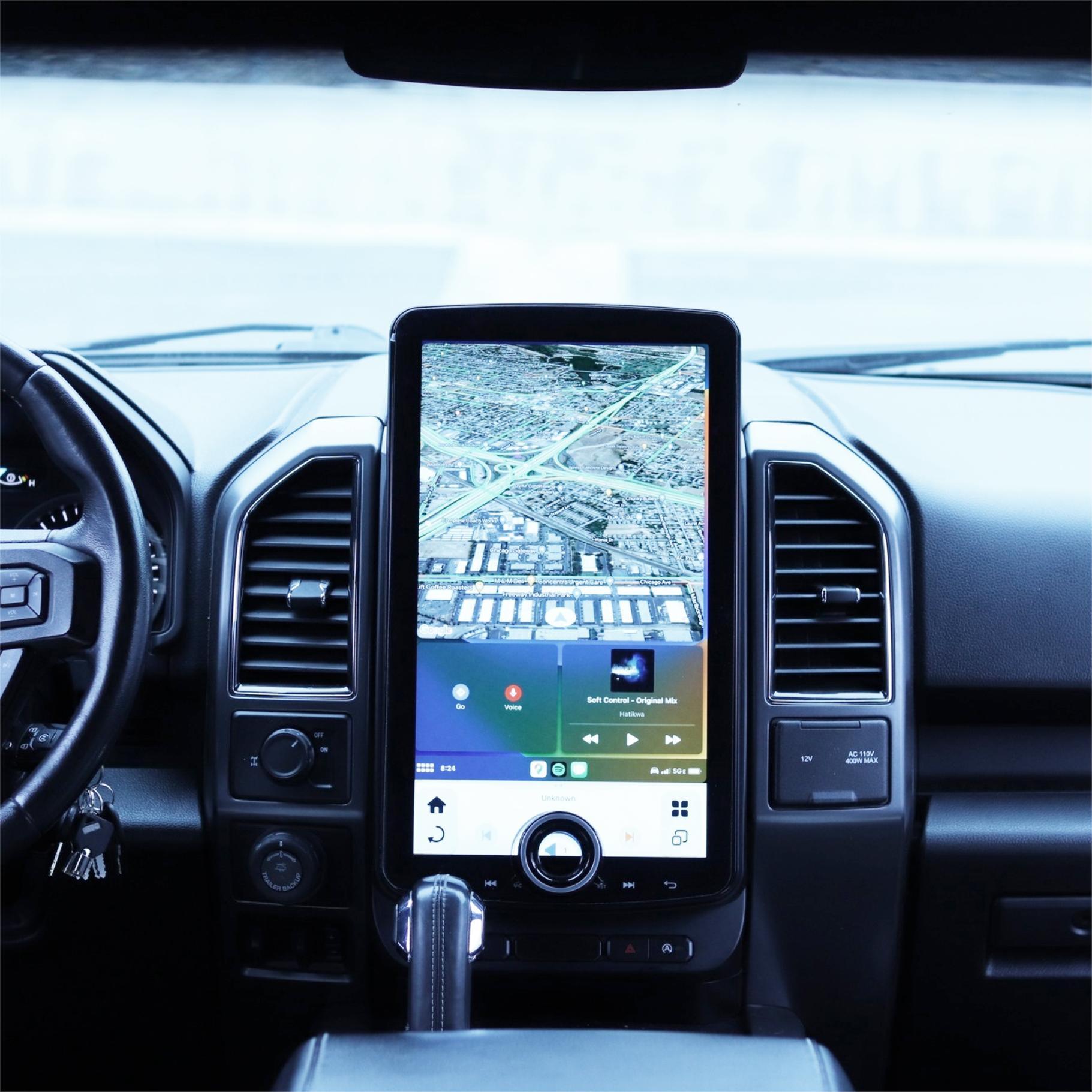
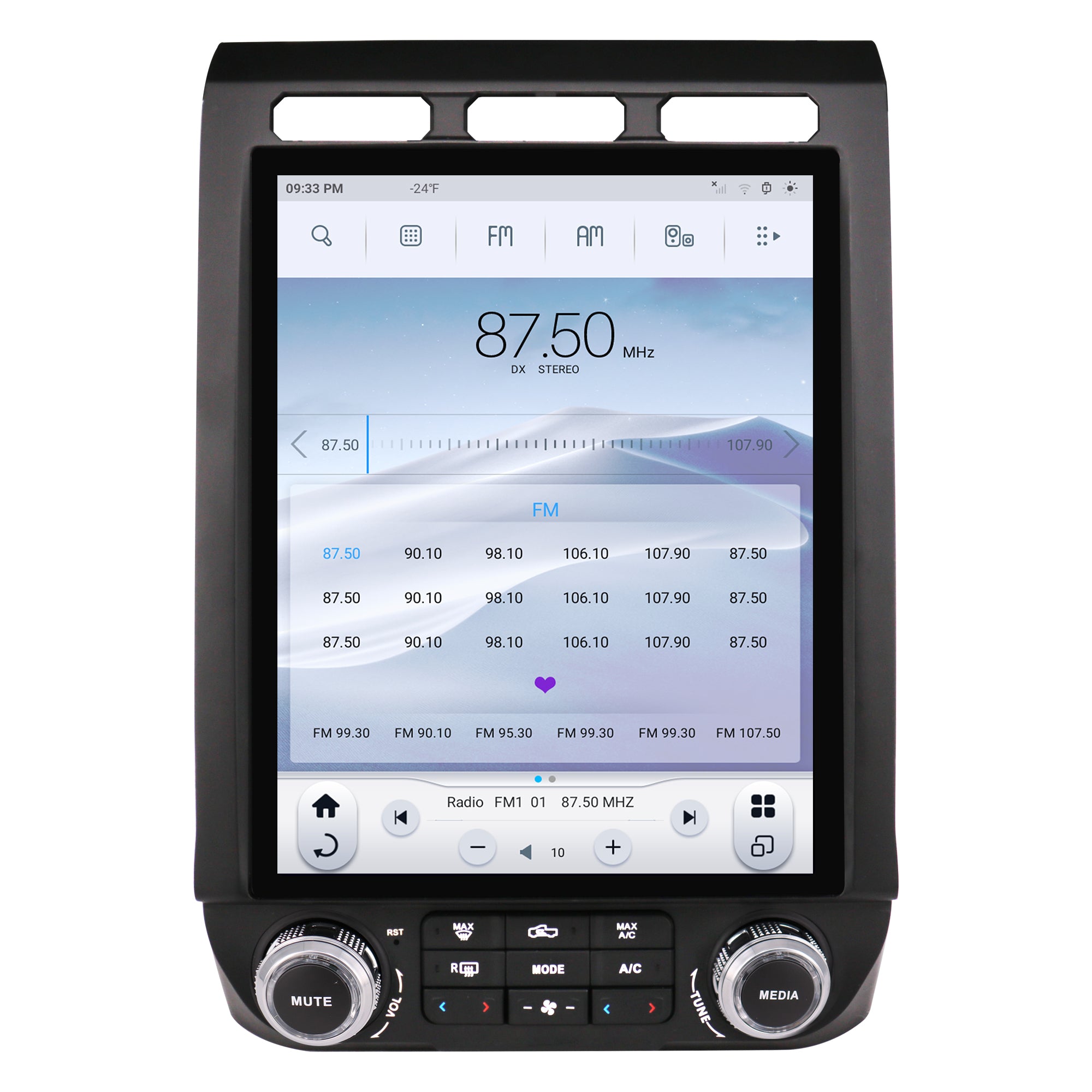
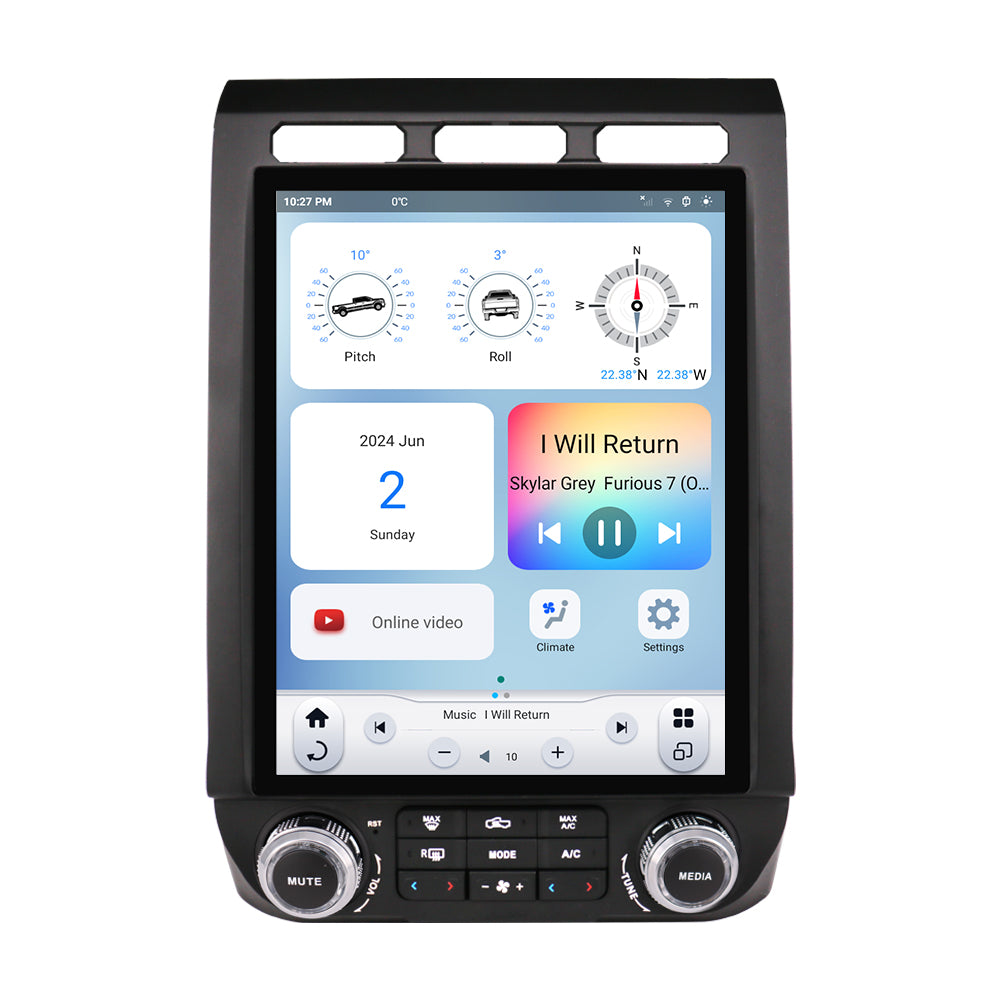
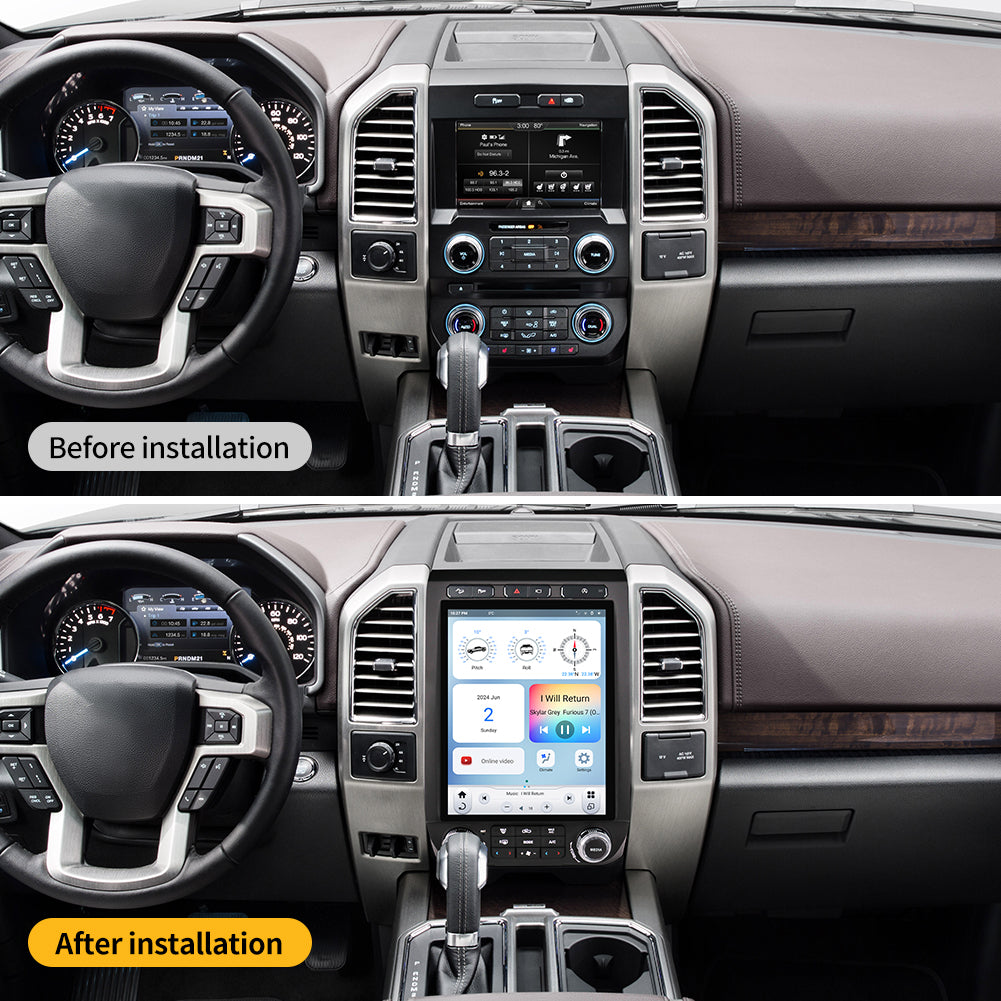
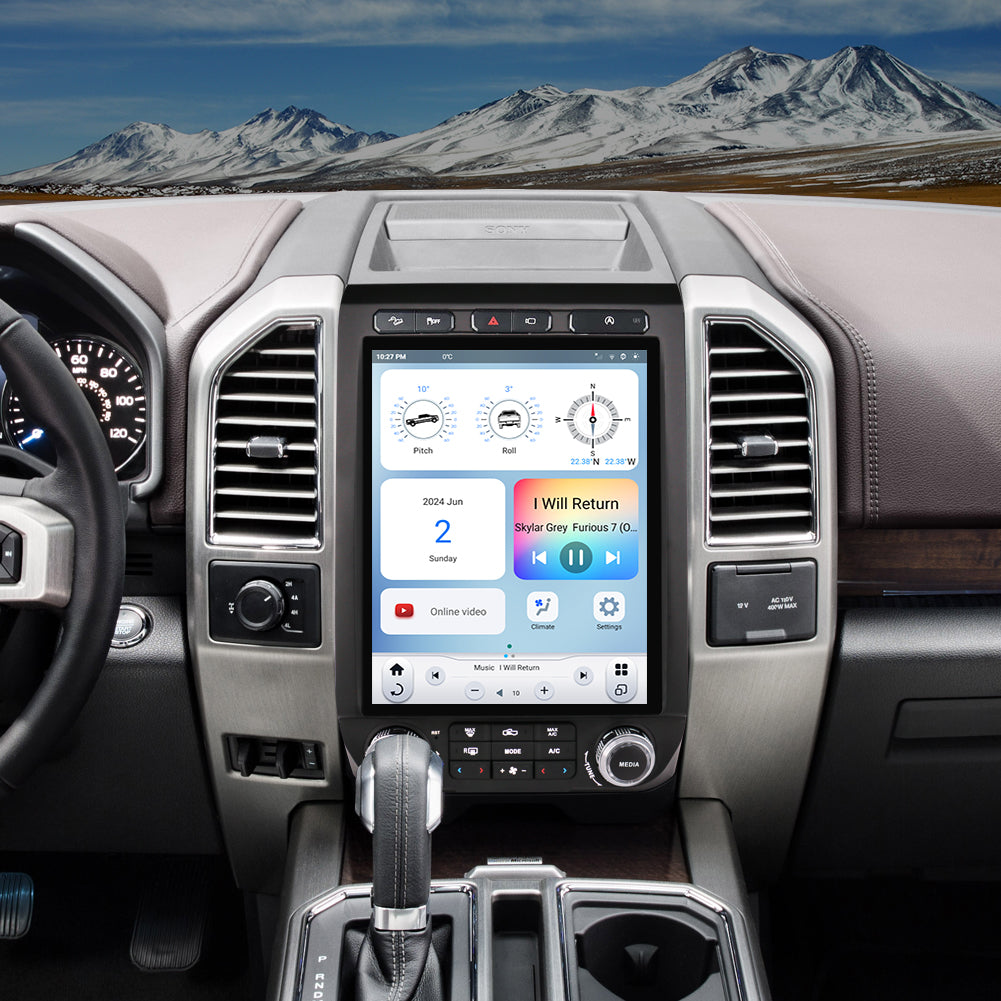
Share:
15 Tips for the Best Sound Quality in Your Car
5 Coolest Car Upgrades in 2025